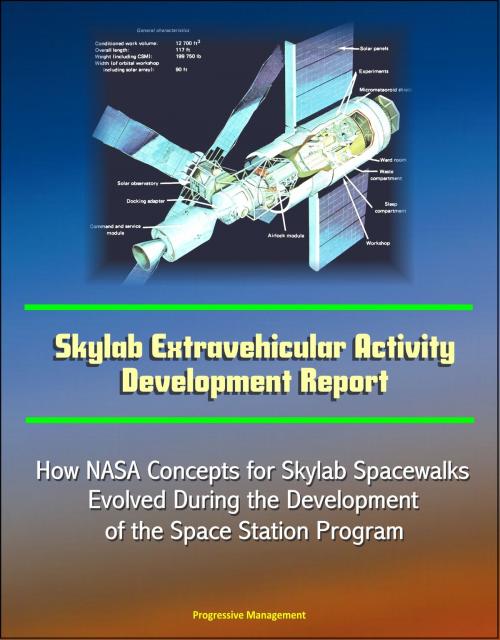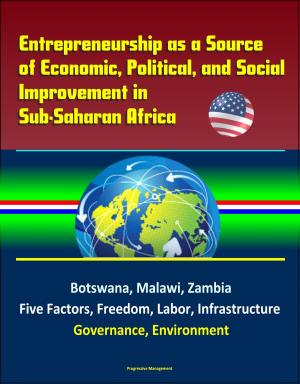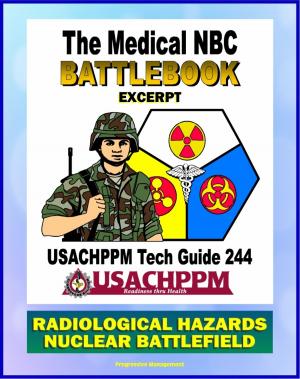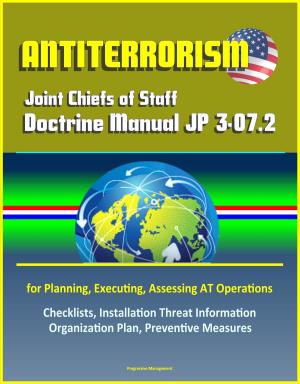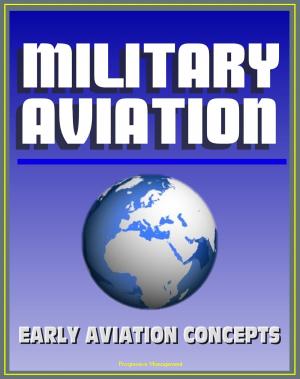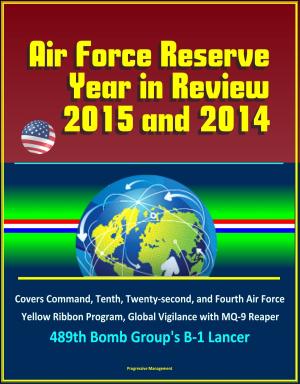Skylab Extravehicular Activity Development Report: How NASA Concepts for Skylab Spacewalks Evolved During the Development of the Space Station Program
Nonfiction, Science & Nature, Technology, Aeronautics & Astronautics, Science, Physics, Astrophysics & Space Science| Author: | Progressive Management | ISBN: | 9781310523069 |
| Publisher: | Progressive Management | Publication: | September 5, 2014 |
| Imprint: | Smashwords Edition | Language: | English |
| Author: | Progressive Management |
| ISBN: | 9781310523069 |
| Publisher: | Progressive Management |
| Publication: | September 5, 2014 |
| Imprint: | Smashwords Edition |
| Language: | English |
This official NASA internal document - converted for accurate flowing-text ebook format reproduction - provides an interesting account of the development of spacewalking concepts for the Skylab space station program. Initially, EVA was required to allow the crew to service the solar physics experiments by retrieving and replacing the film at intervals throughout the mission. Later, other experiments were added which required EVA. During the Skylab mission, EVA was used for several off-nominal tasks added after launch including the Skylab salvage operation and the observations of Comet Kohoutek. The EVA systems design changed in consonance with the changes in configuration of the orbital cluster. Three different EVA system designs were made, each reflecting the then current design concept for the cluster. Each time all design approaches to the tasks of equipment transfer and workstation location were reconsidered. Although many EVA system designs changed each time, others withstood the re-examinations and remained essentially unchanged. Thus, the iterations served to strengthen the final design. This report traces the Marshall Space Flight Center (MSFC) role in the development of Skylab EVA systems from the earliest concepts to the final as-flown configuration. The lessons learned through design, development, and testing of the many approaches which resulted in the flexible, simple EVA system used on Skylab, are indicated.
Contents: SECTION I INTRODUCTION * SECTION II BACKGROUND * A. Workshop Evolution * B. ATM Evolution * SECTION III EARLY CLUSTER CONCEPT - EVA EGRESS FROM AM * A. Cluster Configuration * B. EVA Requirements and Guidelines * C. Workstations and Canister Access * D. Transfer and Translation Concepts * SECTION IV FINAL WET WORKSHOP CONCEPT - EVA EGRESS FROM LM * A. Cluster Configuration * B. EVA Requirements and Guidelines * C. Workstations and Canister Access * D. Transfer and Translation Concepts * SECTION V DRY WORKSHOP CONCEPT - EVA EGRESS FROM AM * A. Cluster Configuration * B. EVA Requirements and Guidelines * C. Workstations and Canister Access * D. Transfer and Translation Concepts * SECTION VI CONCLUSIONS AND RECOMMENDATIONS
This official NASA internal document - converted for accurate flowing-text ebook format reproduction - provides an interesting account of the development of spacewalking concepts for the Skylab space station program. Initially, EVA was required to allow the crew to service the solar physics experiments by retrieving and replacing the film at intervals throughout the mission. Later, other experiments were added which required EVA. During the Skylab mission, EVA was used for several off-nominal tasks added after launch including the Skylab salvage operation and the observations of Comet Kohoutek. The EVA systems design changed in consonance with the changes in configuration of the orbital cluster. Three different EVA system designs were made, each reflecting the then current design concept for the cluster. Each time all design approaches to the tasks of equipment transfer and workstation location were reconsidered. Although many EVA system designs changed each time, others withstood the re-examinations and remained essentially unchanged. Thus, the iterations served to strengthen the final design. This report traces the Marshall Space Flight Center (MSFC) role in the development of Skylab EVA systems from the earliest concepts to the final as-flown configuration. The lessons learned through design, development, and testing of the many approaches which resulted in the flexible, simple EVA system used on Skylab, are indicated.
Contents: SECTION I INTRODUCTION * SECTION II BACKGROUND * A. Workshop Evolution * B. ATM Evolution * SECTION III EARLY CLUSTER CONCEPT - EVA EGRESS FROM AM * A. Cluster Configuration * B. EVA Requirements and Guidelines * C. Workstations and Canister Access * D. Transfer and Translation Concepts * SECTION IV FINAL WET WORKSHOP CONCEPT - EVA EGRESS FROM LM * A. Cluster Configuration * B. EVA Requirements and Guidelines * C. Workstations and Canister Access * D. Transfer and Translation Concepts * SECTION V DRY WORKSHOP CONCEPT - EVA EGRESS FROM AM * A. Cluster Configuration * B. EVA Requirements and Guidelines * C. Workstations and Canister Access * D. Transfer and Translation Concepts * SECTION VI CONCLUSIONS AND RECOMMENDATIONS
